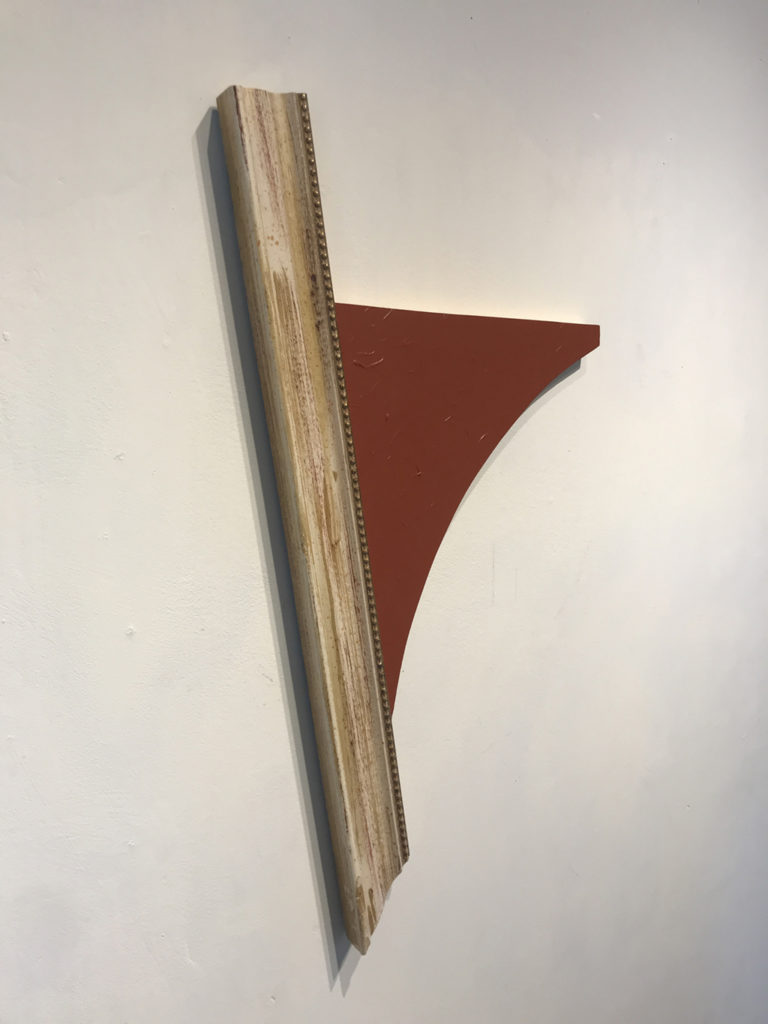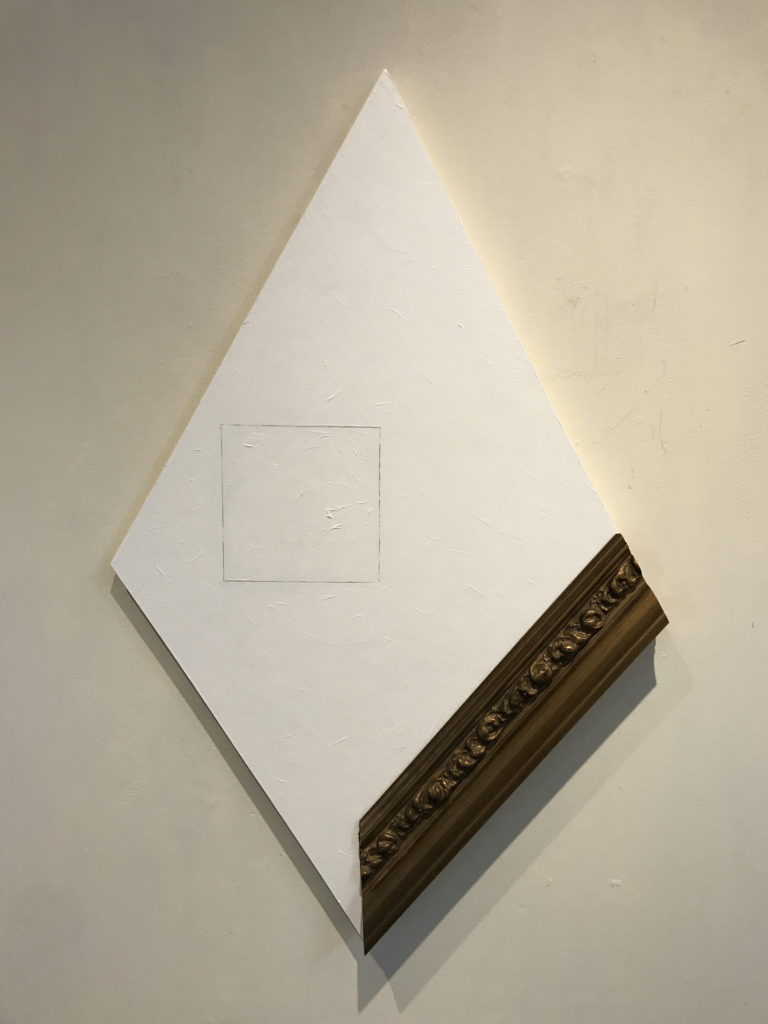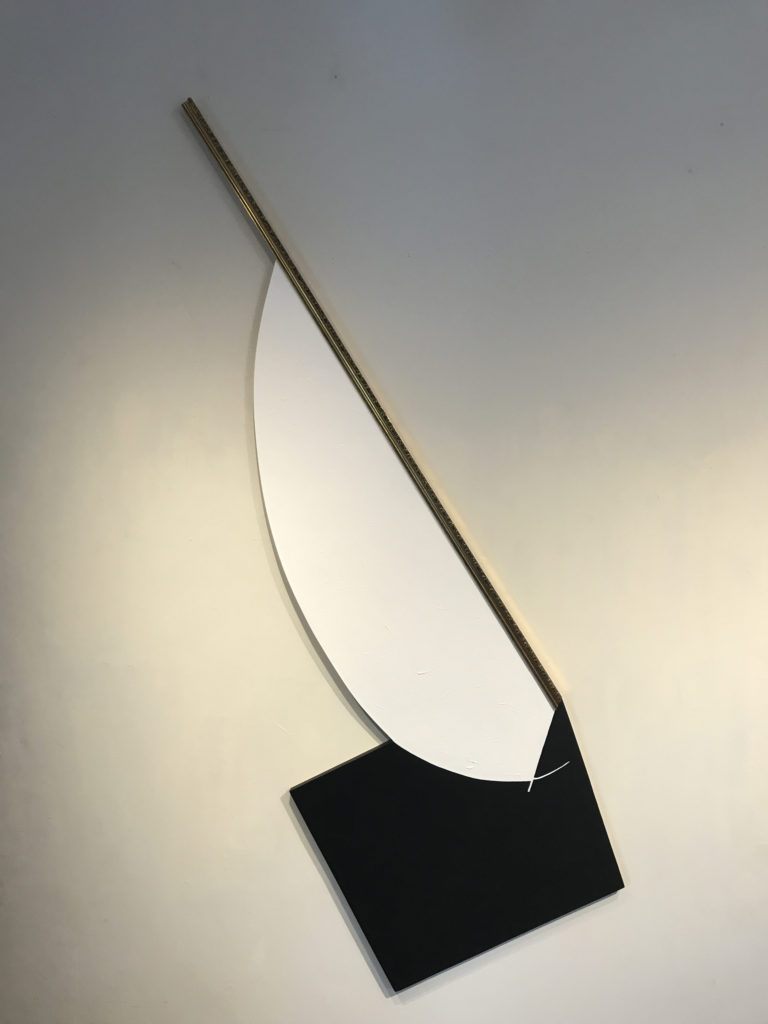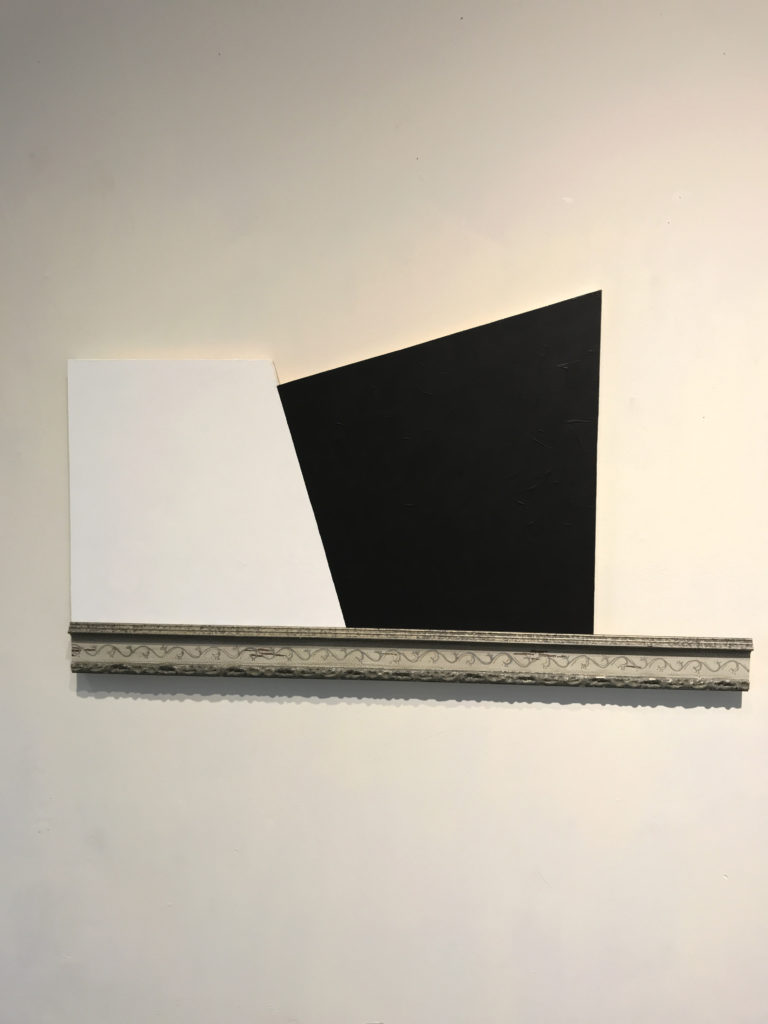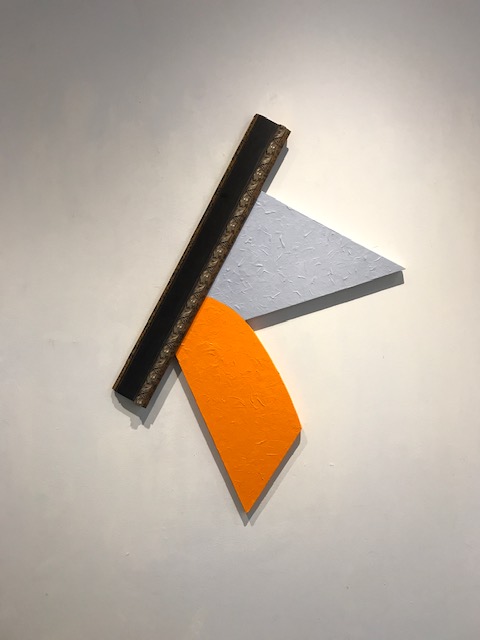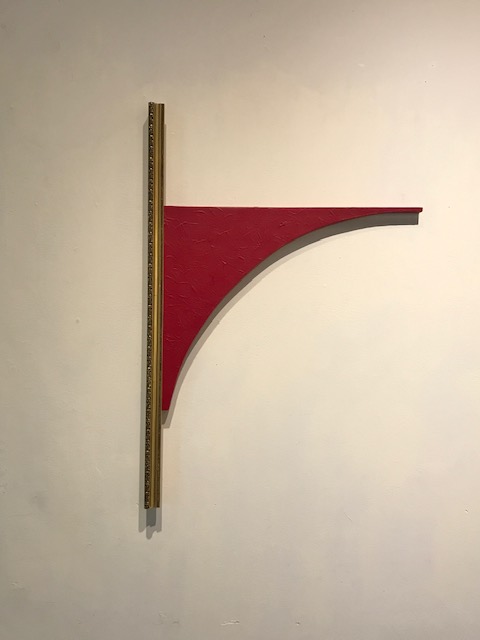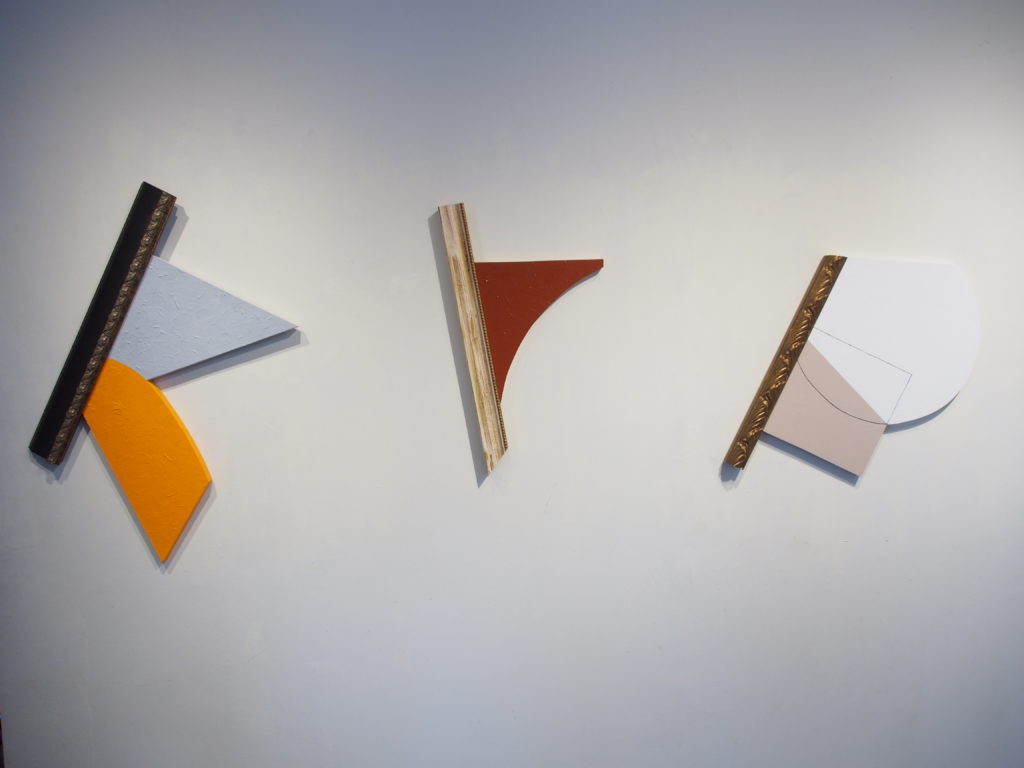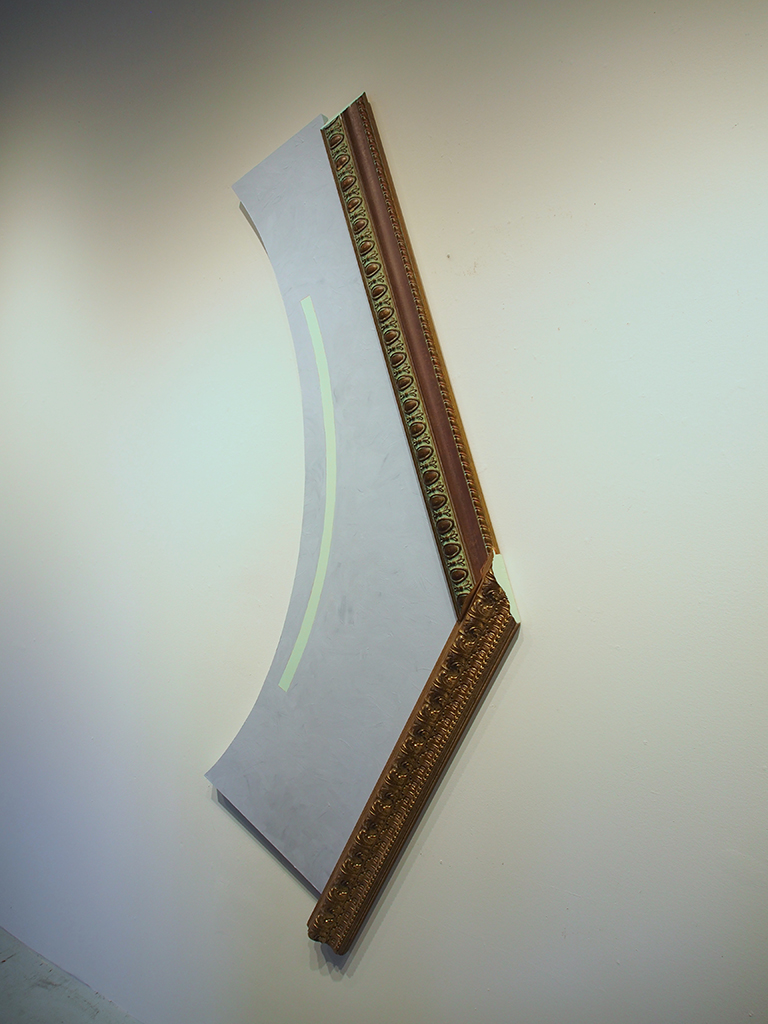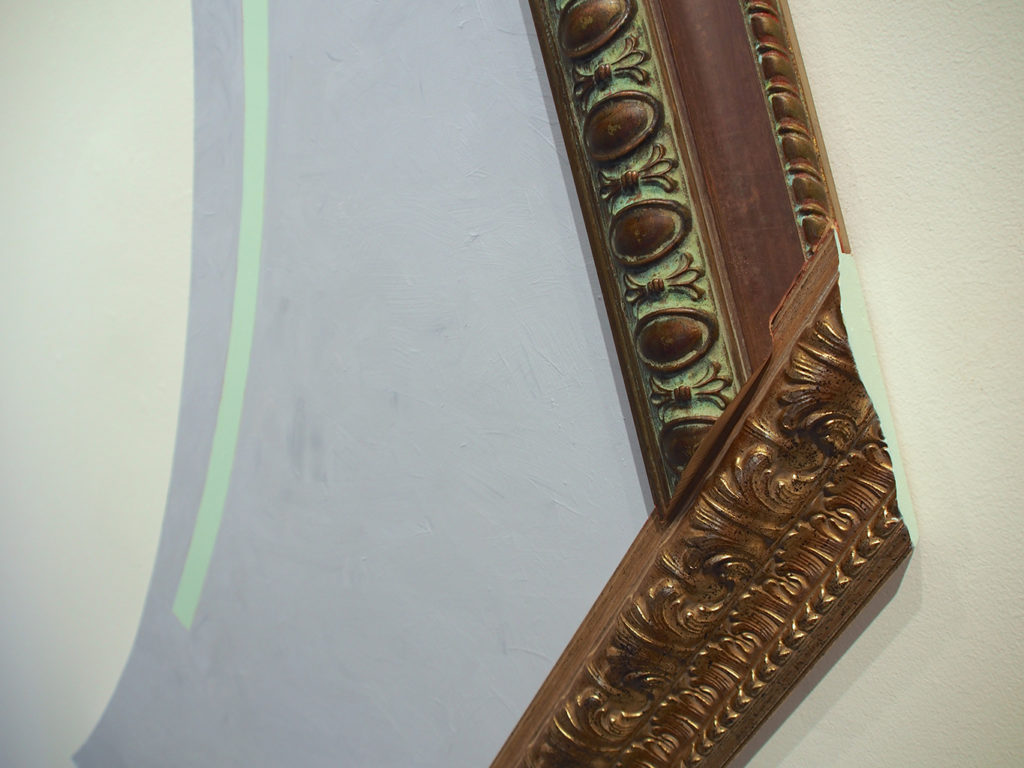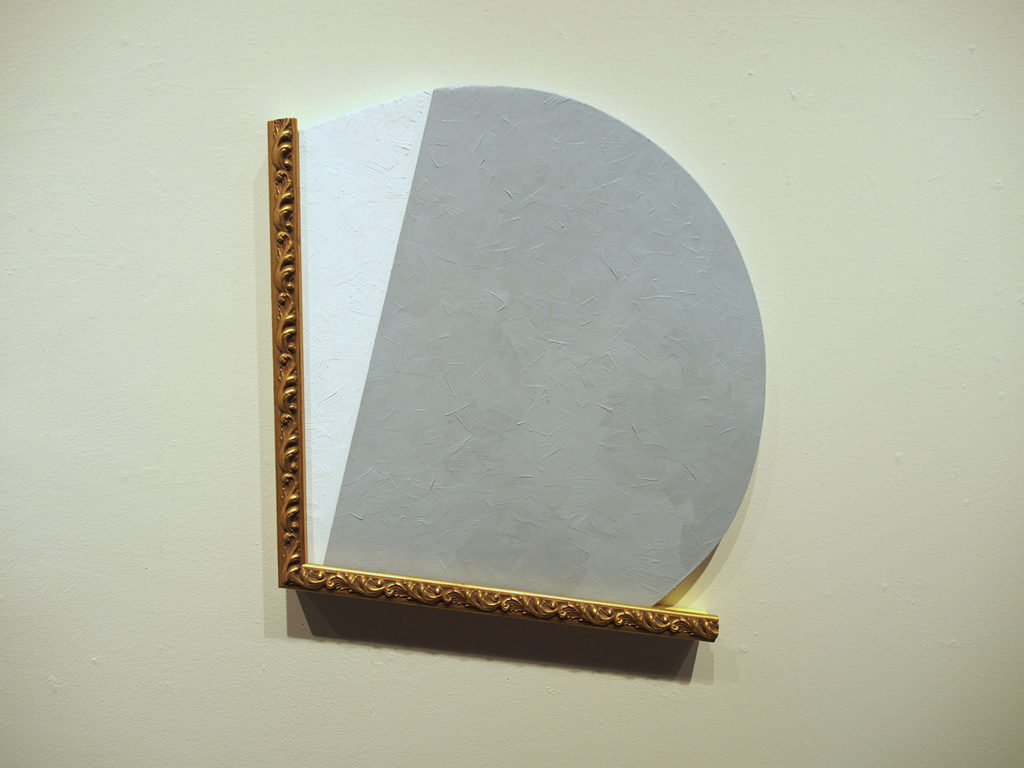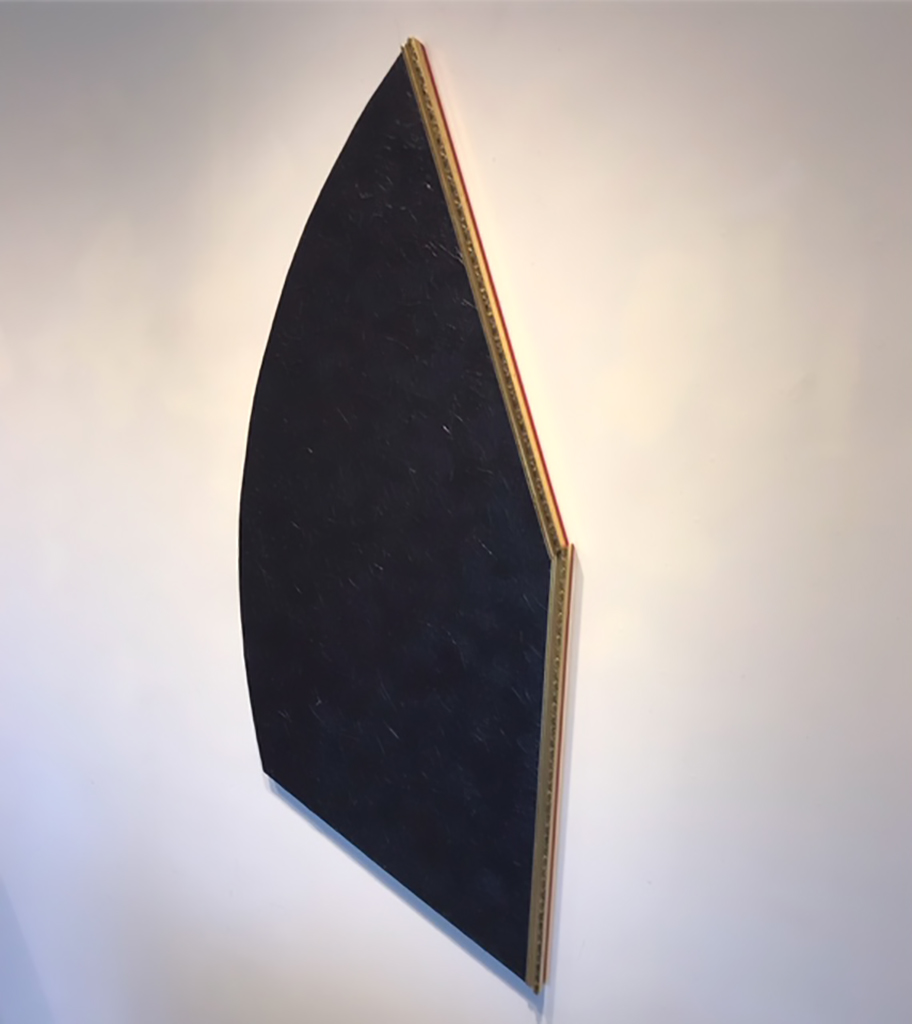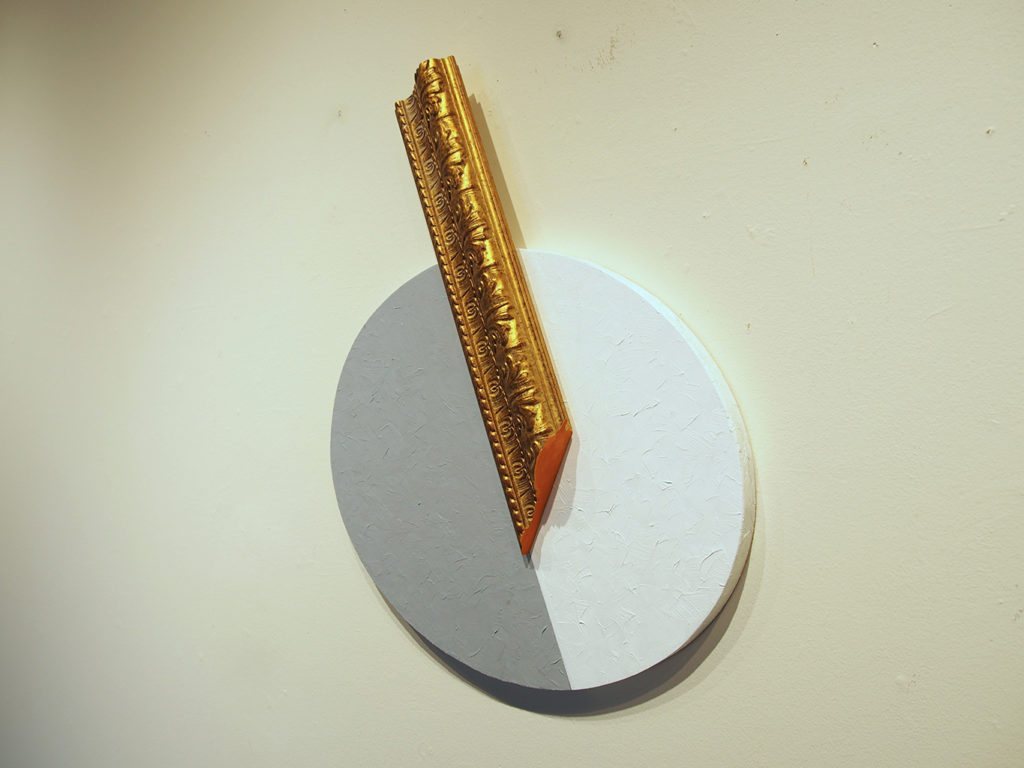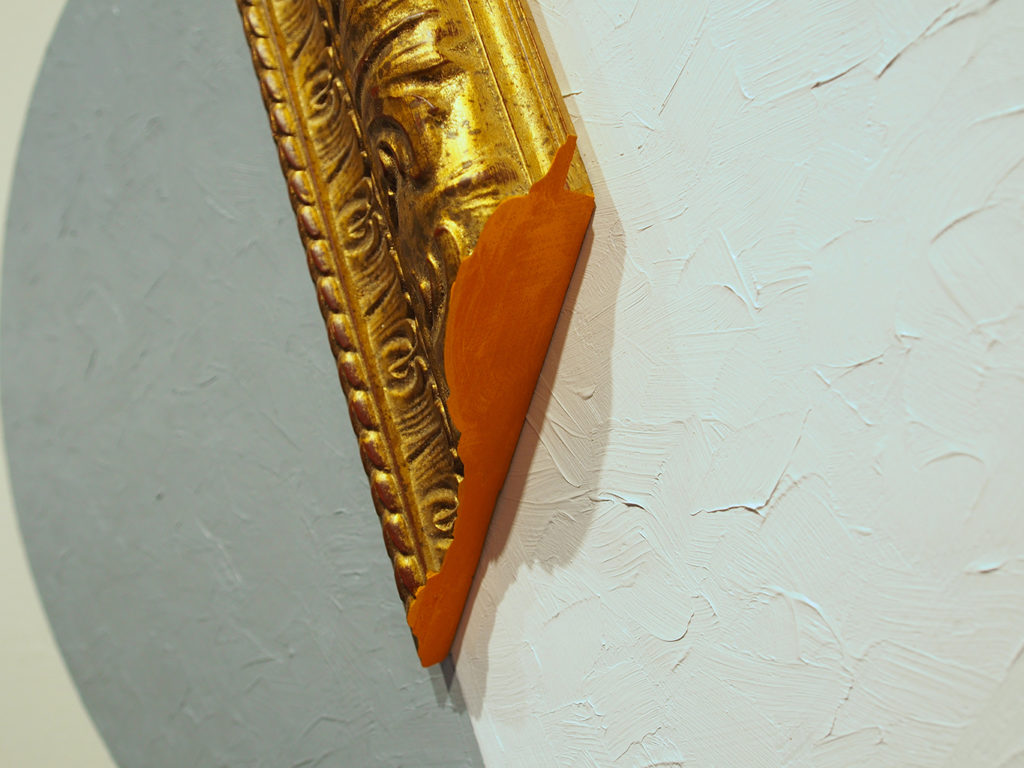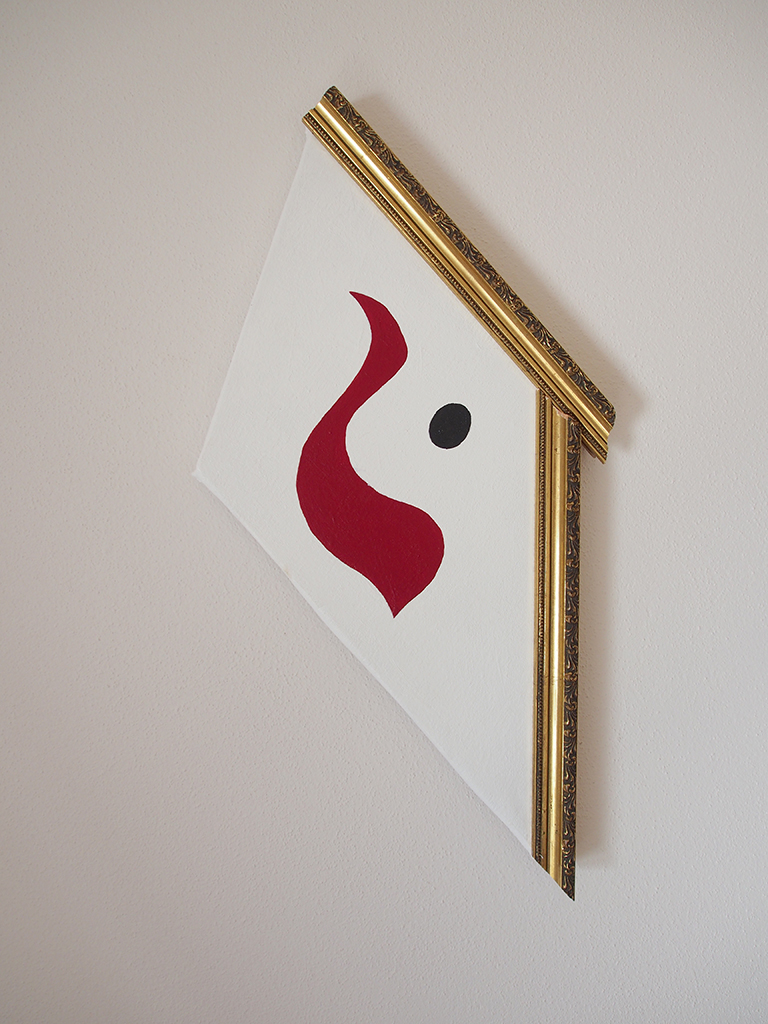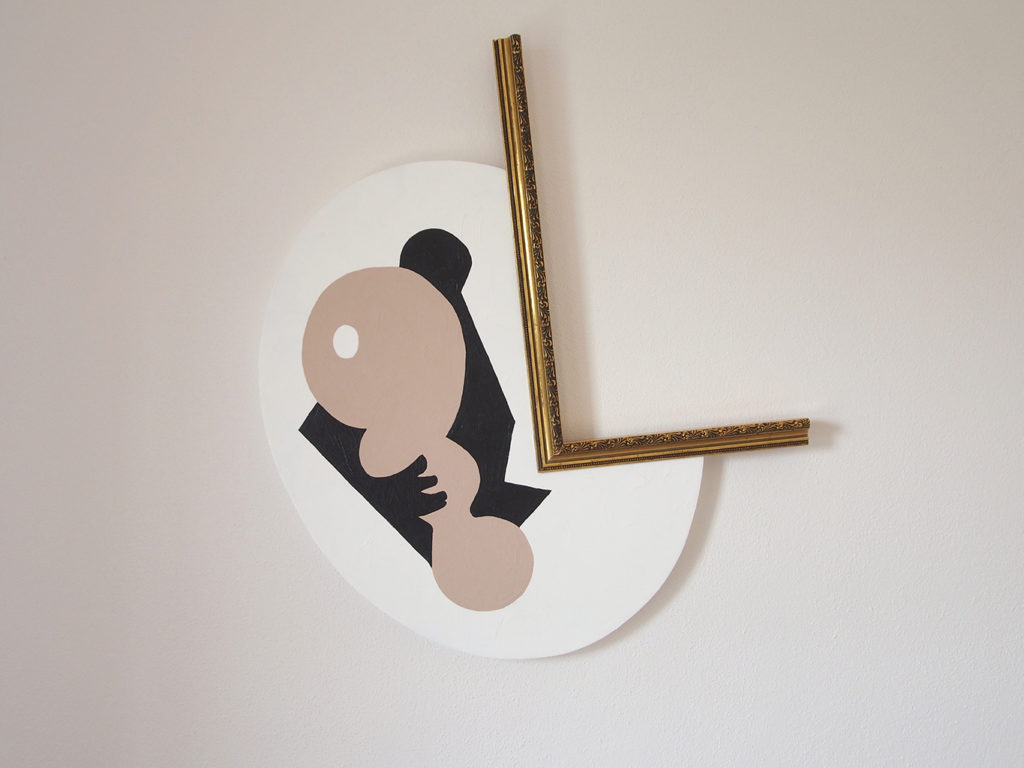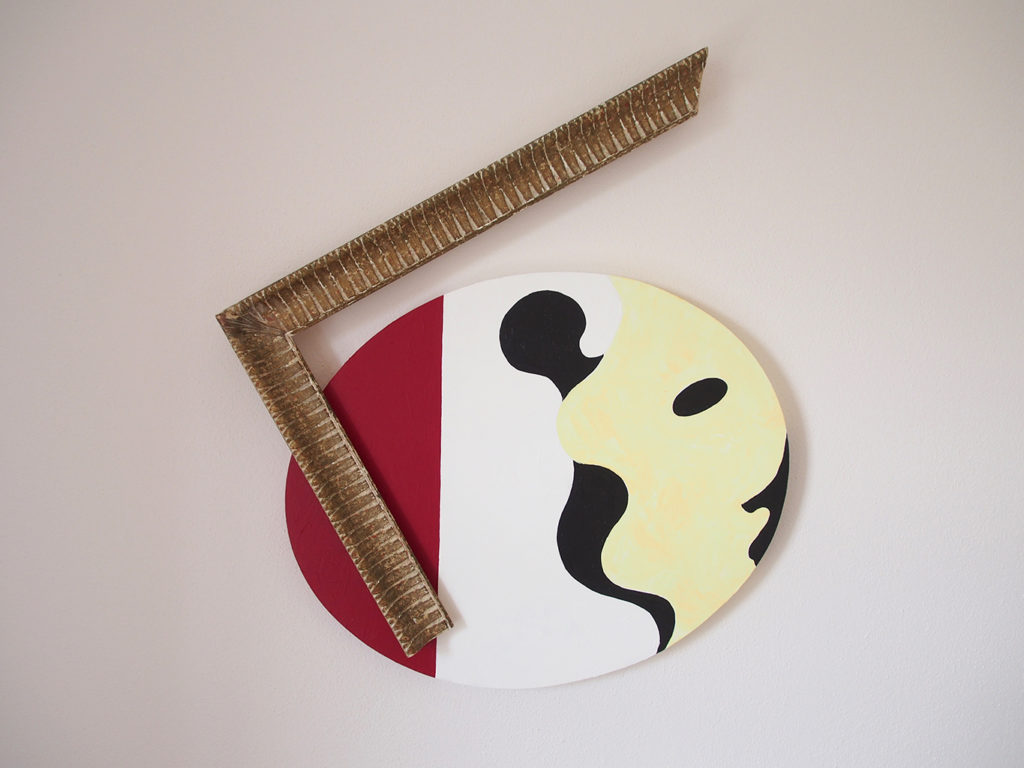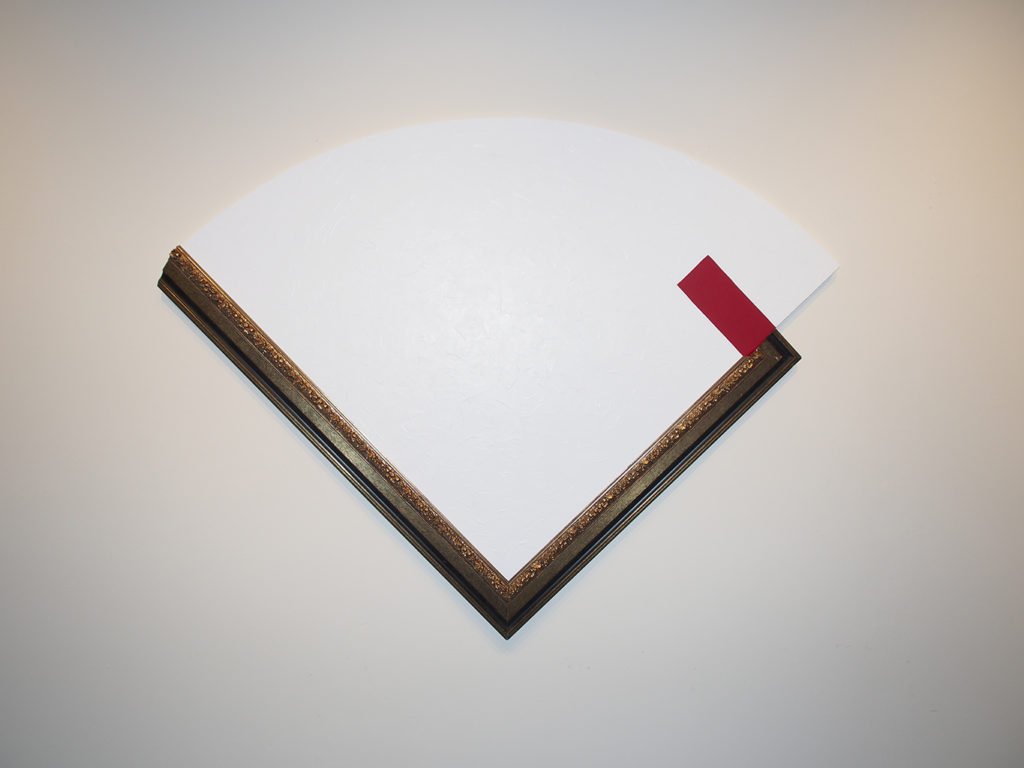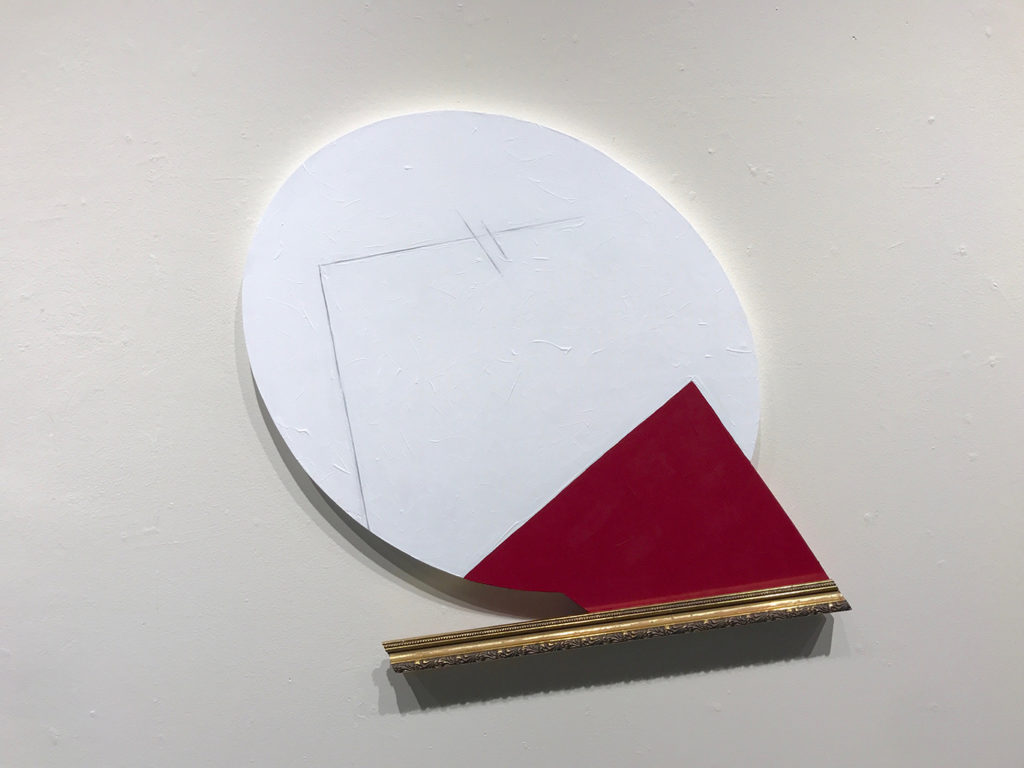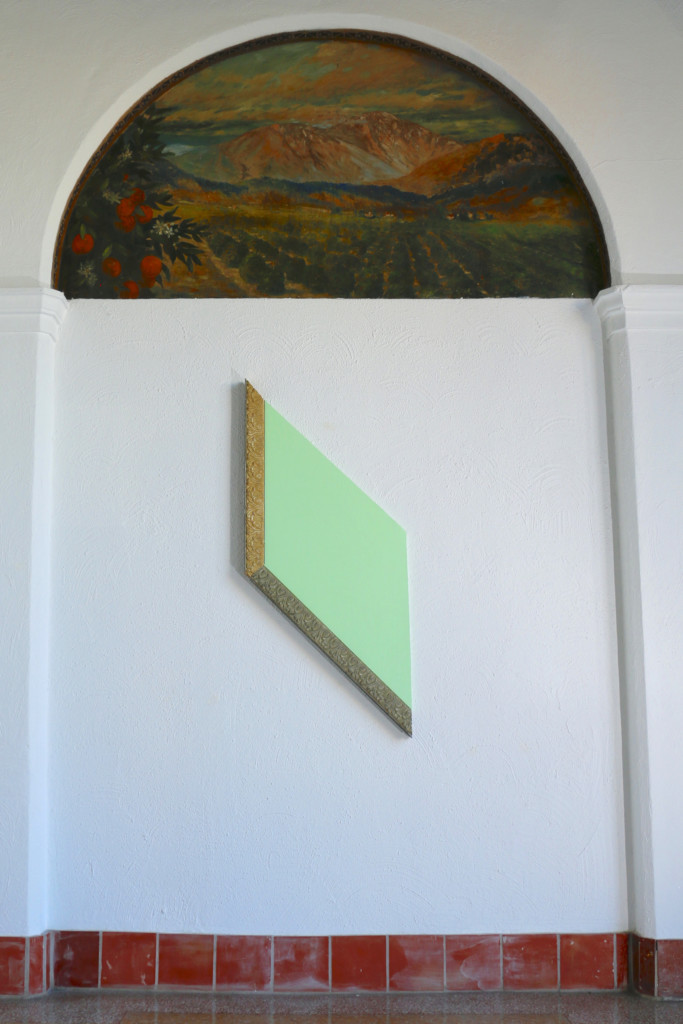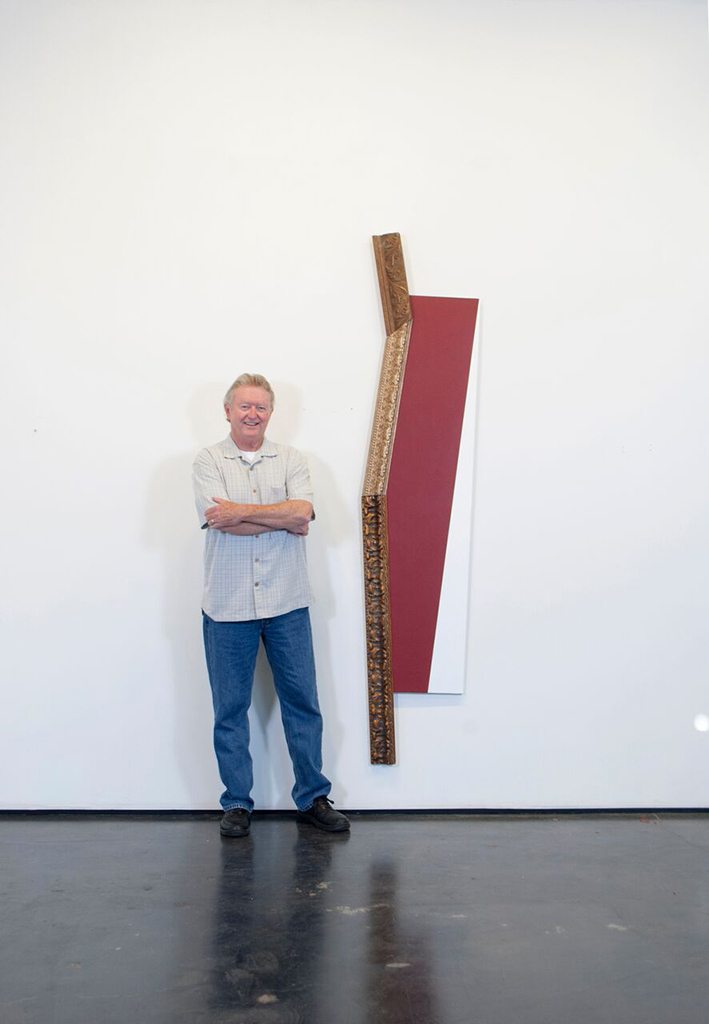Baroque Minimalism
In Renaissance art one experienced the work as lofty, pure, and the human element was idealized. The Baroque moved away from the Renaissance pedantic approach to a more physical experience by engaging the viewer as he or she moved around and through it. The spaces reflected the complexity of human thought, and celebrated a more chaotic principle of composition and line.
Modernism, like the Renaissance, is interested in the pure and the ideal. It has evolved from its self-referential beginnings into a dynamic hybrid of its core philosophy: originality, personal expression, and a move away from the narrative towards abstraction. Late Modernism championed reductivism and pure form; it was the logical result of a century of modernist practice, a philosophy that bordered on being so conceptual that there wasn’t much left to look at or to say. Modernism is not dead, however, as it now has an experiential element that offers a deeper physical connection.
My newest artworks seek to reveal the beauty of reductive abstraction, acknowledge its permutations through time, and build upon the tradition of active participation by the viewer as in the Baroque. I hope to highlight the possibility that two disparate movements can merge into an interchange of ideas.

